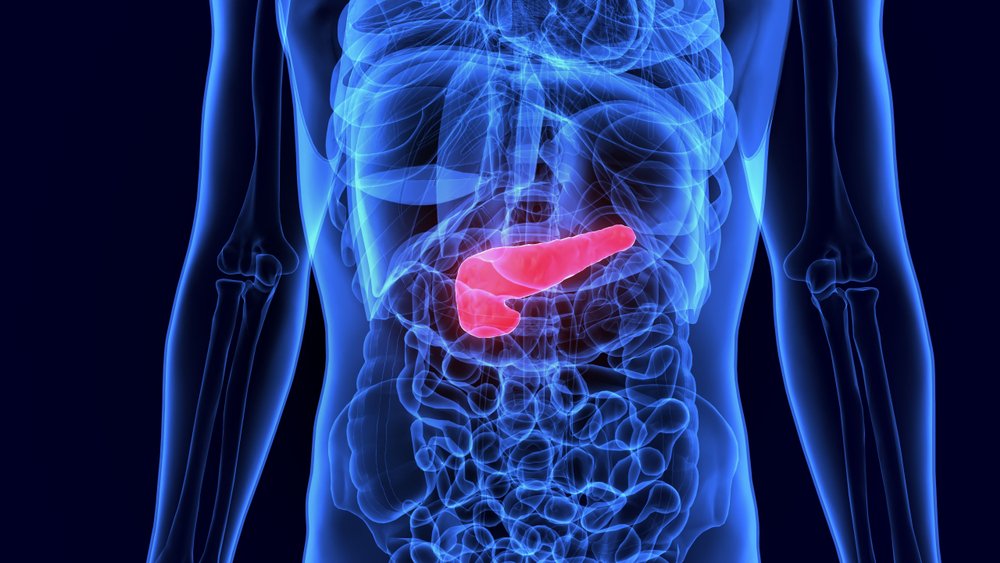Pancreatectomy in Türkiye

Pancreatectomy is a surgery to remove the pancreas in addition to the removal of side organs, depending on the disease, to treat a variety of malignant and benign diseases of the pancreas. Where there is a complete excision of the pancreas, in which the entire organ is removed, in addition to the spleen, gallbladder, bile duct, and parts of the small intestine and stomach. Partial lateral resection of the pancreas, in which only the body and tail of the pancreas are removed, and resection of the pancreas and duodenum (the Whipple procedure), which is the removal of all or part of the pancreas along with the duodenum.
Purpose of pancreatectomy:
Pancreatic resection is the most effective treatment for pancreatic cancer, but it is only possible in 10-15% of patients who are diagnosed early. The type of resection procedure is determined by the stage of the cancer.
Partial pancreatectomy is done when the pancreas is severely affected. Especially if the body and tail are involved and the long-term consequences of this surgery are minimal. With virtually no effect on the production of insulin, digestive enzymes, and other hormones.
The pancreas is also removed in the case of chronic persistent cyclic pancreatitis. Which leads to permanent damage This painful condition results from alcohol abuse. or the presence of gallstones.
Pancreaticectomy:
Open surgery techniques are used. Or endoscopic surgery, and in the case of open surgery, one large incision is made, but in the case of endoscopic surgery, four small incisions are made to insert advanced surgical tools. The abdomen is filled with carbon dioxide gas to help the surgeon see the abdominal cavity. Inserting a camera through one of the tubes and displaying the images on a screen in the operating room
In the event that the pancreas is removed, the surgeon clamps and cuts the blood vessels, and the pancreas is stapled and removed, but in the event that the disease affects the artery. Or the vein or the spleen, and all of the above will be removed.
In the case of a pancreaticoduodenectomy, the surgeon removes the entire pancreas and its related organs. The surgeon first removes the pancreas along with the connecting part of the small intestine and bile duct. The common bile duct and gallbladder are then removed, and the stomach and bile duct are connected to the small intestine.
Diagnosis:
Patients with symptoms of a pancreatic disorder undergo a number of tests before considering surgery. This includes ultrasounds, X-rays, and computed tomography (CT scans). cholangiography and magnetic resonance imaging (MRI). Tests may also include angiography and needle cytology. Such tests are required to establish the correct diagnosis of a pancreatic disorder and in planning for surgery.
Nutritional support is needed for patients with pancreatic cancer due to their malnutrition. Some patients with pancreatic cancer who are considered suitable for pancreaticectomy also undergo chemotherapy. and/or radiotherapy with the aim of shrinking the tumor which improves the chances of successful surgical resection and patients who were not initially considered surgical candidates may respond well to chemotherapy. So that surgical treatment becomes possible. Radiation therapy may also be applied during surgery to improve the patient’s chances of survival. Some studies have shown that intraoperative radiotherapy extends survival by several months.
Care after pancreatectomy:
Pancreatectomy is a major surgery so the recovery process is long with an average hospital stay of two to three weeks. Some patients with pancreatic cancer may also receive combined chemotherapy and radiotherapy after surgery. After the surgery, patients suffer from abdominal pain, and they are prescribed painkillers, and periodic follow-up examinations are also conducted
It should be noted that total pancreatic resection leads to a condition called pancreatic insufficiency due to the inability to process food normally using the enzymes that the pancreas naturally produces. Insulin secretion also stops. All of the above is treated by pancreatic enzyme replacement therapy, which provides digestive enzymes. and insulin injections.
procedure risks:
The procedure carries a high risk of complications, with a study indicating that complications occurred in 41% of cases, and postoperative bleeding is one of the most serious complications (it increases the risk of death to 20-50%).
There is also a risk of delayed gastric emptying, which is slow food leaving the stomach, and this complication occurred in 19% of patients. To treat this problem, many surgeons insert feeding tubes in the original operation site, through which nutrients can be fed directly into the patient’s intestines. This procedure (enteral feeding) keeps the patient fed if the stomach is slow to regain normal function and some medications help move the nutritional contents through the digestive tract.
Pancreatectomy in Türkiye
The medical staff of surgical teams, doctors and consultants in REHABTÜRK can offer the best treatment options and free consultations by striving to keep abreast of the latest medical technologies and methods.
